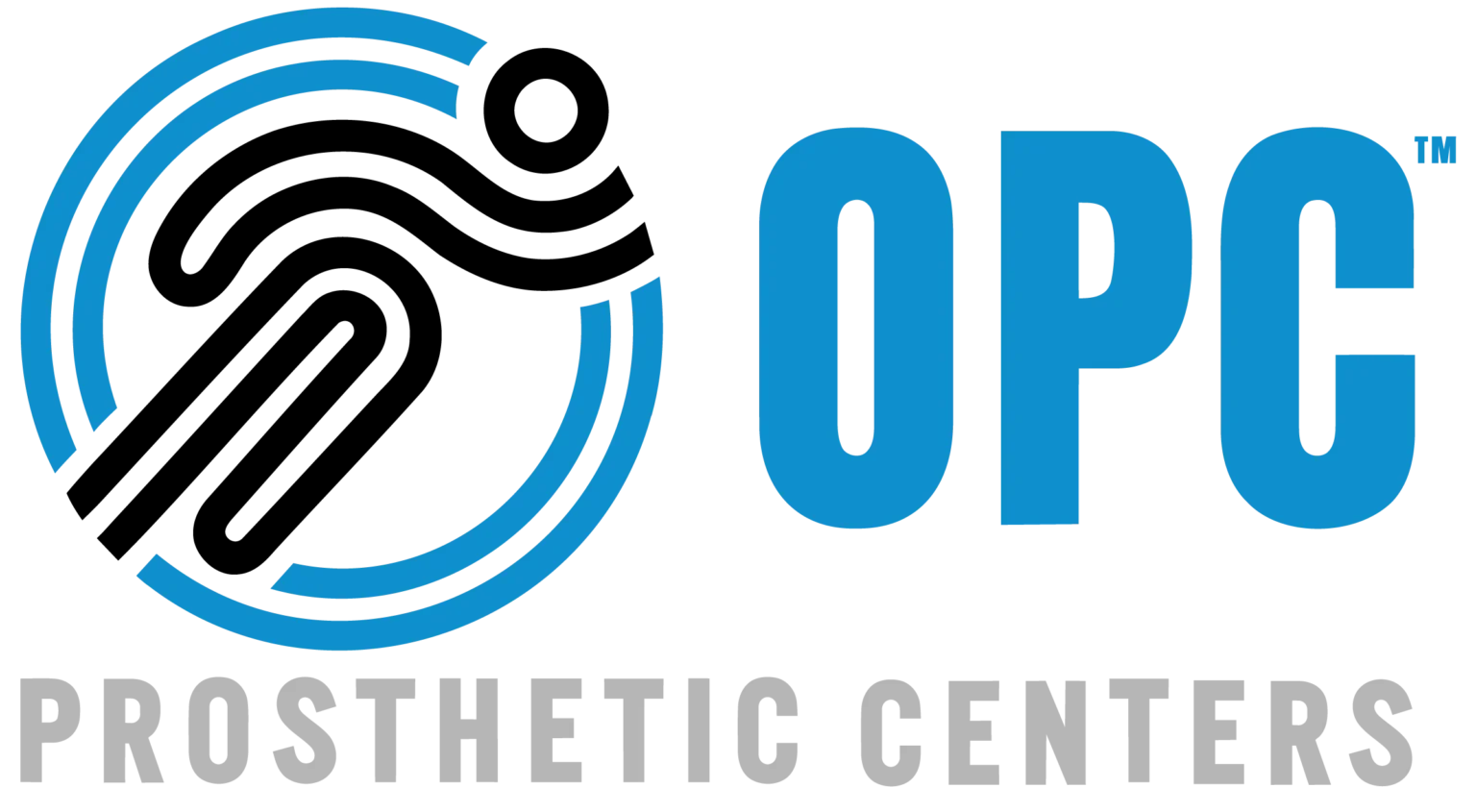Adjusting to a prosthetic limb is a significant transition, and it’s normal to experience a range of emotions, from excitement to frustration. Whether you’re new to using a prosthetic limb or you’re adjusting to a new one, understanding the process and knowing what to expect can make the journey smoother. This guide offers practical tips and insights to help you get accustomed to your prosthetic limb, with a focus on making the experience as comfortable and empowering as possible.
Understanding Your Prosthetic Limb
Learn About Your Prosthetic
Understanding the mechanics and functionality of your prosthetic limb is crucial. Your prosthetist will provide you with detailed information about the type of prosthetic you have, its components, and how each part functions. Take the time to ask questions and familiarize yourself with the parts of your prosthetic, whether it’s a below-the-knee (BK) or above-the-knee (AK) prosthetic limb.
Know Your Goals
Set realistic goals for your prosthetic use. Whether it’s walking independently, returning to a favorite sport, or simply performing daily activities with more ease, having clear goals can motivate you and guide your rehabilitation process. Work with your healthcare team to outline these goals and establish a timeline for achieving them.
Starting the Adjustment Process
Begin Slowly
When you first start using your prosthetic limb, it’s essential to take things slowly. Begin with short periods of wear, gradually increasing the time as your comfort level improves. This helps your residual limb adapt to the pressure and movement required by the prosthetic.
Follow Your Prosthetist’s Advice
Your prosthetist is your best resource for ensuring a proper fit and function. Attend all scheduled fittings and follow their recommendations for wearing schedules and adjustments. A well-fitting prosthetic is crucial for comfort and effectiveness, so don’t hesitate to communicate any discomfort or issues you encounter.
Building Comfort and Confidence
Care for Your Residual Limb
Proper care of your residual limb is vital to prevent irritation and promote healing. Keep the skin clean and dry, inspect it daily for any signs of sores or irritation, and follow your healthcare provider’s advice on skin care and hygiene. Using liners and socks designed for prosthetic use can also help reduce friction and enhance comfort.
Use the Right Socks and Liners
Using the appropriate socks and liners is essential for comfort and stability. These materials help cushion your residual limb, reduce pressure points, and improve the fit of your prosthetic. Your prosthetist can recommend the best types of socks and liners for your specific needs.
Engaging in Physical Therapy
Work with a Physical Therapist
Physical therapy is a critical component of adapting to your prosthetic limb. A skilled physical therapist will guide you through exercises designed to improve your strength, balance, and coordination. These exercises are tailored to help you build the necessary skills to use your prosthetic limb effectively.
Practice, Practice, Practice
Repetition is key to mastering the use of your prosthetic limb. Engage in daily exercises and practice walking, standing, and performing everyday tasks with your prosthetic. Consistent practice not only builds your physical strength but also boosts your confidence in using the limb.
Adjusting to Everyday Life
Set Realistic Expectations
It’s important to set realistic expectations for yourself. Adjusting to a prosthetic limb is a gradual process, and there will be ups and downs along the way. Celebrate small victories, whether it’s taking a few steps without support or standing for a few extra minutes. Patience and persistence are your best allies.
Seek Support and Connect with Others
Connecting with others who use prosthetics can provide immense support and encouragement. Join support groups, online forums, or local clubs for people with similar experiences. Sharing your journey with others who understand can offer valuable insights, emotional support, and practical tips.
Leveraging Technology and Innovations
Explore Advanced Prosthetics
Technology in prosthetics is rapidly advancing. Take the time to explore the latest developments, such as microprocessor knees, powered prosthetic limbs, or prosthetic hands with advanced grip functionality. Your prosthetist can guide you in choosing the best options that align with your lifestyle and needs.
Stay Informed and Updated
Keep yourself informed about new technologies and techniques in prosthetics. Attend workshops, webinars, or conferences focused on prosthetic advancements. Staying updated can help you make informed decisions about your prosthetic care and enhancements.
Handling Challenges and Setbacks
Addressing Pain and Discomfort
Experiencing pain or discomfort is common when adjusting to a prosthetic limb. If you encounter persistent pain or skin issues, consult your prosthetist or healthcare provider promptly. They can make necessary adjustments to the prosthetic or recommend additional treatments to alleviate discomfort.
Stay Positive and Patient
Maintaining a positive mindset is crucial. It’s natural to face challenges and setbacks, but staying patient and persistent will help you overcome them. Celebrate your progress, no matter how small, and remind yourself of the strength and resilience that have brought you this far.
Building Independence and Confidence
Set Personal Milestones
Establish personal milestones to track your progress. These could be anything from walking a certain distance without assistance to mastering a new activity or sport. Achieving these milestones will boost your confidence and motivate you to keep pushing forward.
Focus on Adaptation and Innovation
Adaptation is key to thriving with a prosthetic limb. Be open to trying new techniques, tools, and activities that can enhance your mobility and quality of life. Whether it’s learning new ways to perform tasks or exploring new hobbies, innovation and creativity can significantly improve your experience with a prosthetic limb.
Conclusion
Getting used to a prosthetic limb is a journey that requires time, patience, and support. By understanding your prosthetic, building comfort and confidence, engaging in physical therapy, and connecting with others, you can navigate this journey effectively. Embrace the advancements in prosthetic technology, stay positive in the face of challenges, and focus on your personal milestones. With the right support and mindset, you can lead a fulfilling, active life with your prosthetic limb, achieving goals you once thought were out of reach.



